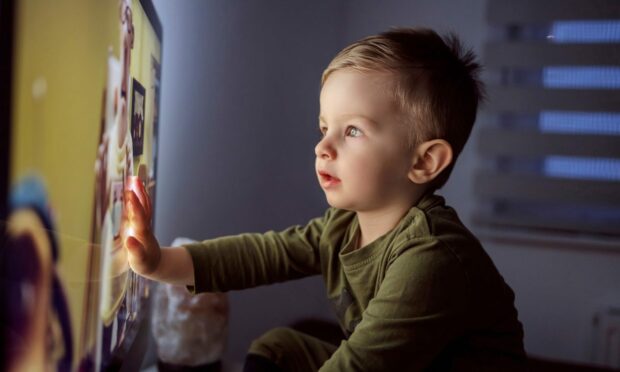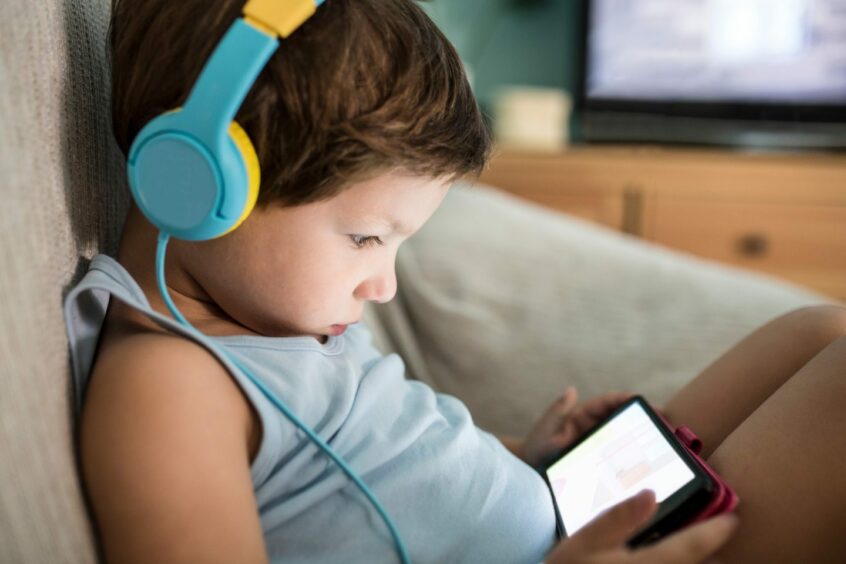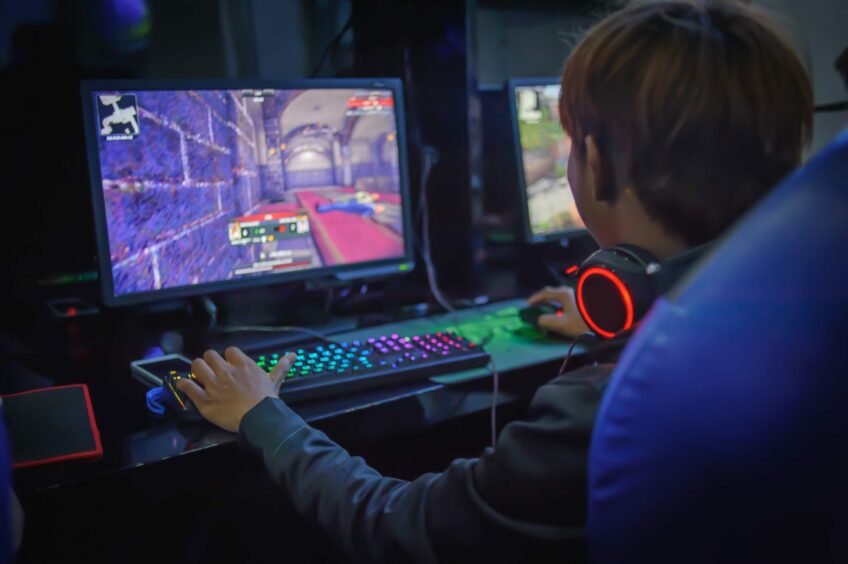Children glued to a screen for more than two hours a day are more likely to behave badly and struggle to make friends.
Findings from new research have led to fresh concern over the harmful effect of excessive screen time on child behaviour and development.
Four-year-olds who spent at least 16 hours and 30 minutes watching television per week – roughly two hours and 20 minutes per day – were more likely to be unruly, hyperactive and have short attention spans, according to the Edinburgh University study.
The study only took into account the time spent by children watching television. It suggests the number of hours that many youngsters spend in front of tablets, consoles and phones is even higher.
Some four-year-olds clocking up 30 hours a week of screen time
The research, gathered from data on thousands of children, found that four-year-olds spent an average of 11 hours a week in front of a screen. But some clocked up as many as 30 hours.
For six-year-olds, the average weekly screen time was nine hours, ranging from zero to 25 hours.
The project used data from the Growing Up in Scotland study, which uses regular data sweeps on people born in 2002/03, 2004/05 and 2010/11 to gather insights into the lives of young adults and children.
The link between prolonged screen time and negative impacts on health has become increasingly clear in previous research.
Among these are increased weight, decreased academic attainment and lower self-esteem.
Developing brains at risk of over-stimulation
Pre-school children are particularly at risk as their developing brains are more sensitive to over-stimulation.
The World Health Organisation has suggested that children under two years old should have zero screen time, while those aged two to four should not exceed an hour of screen time per day.
The Royal College of Paediatrics and Child Health published the UK’s first screen time guidance in 2019.
It said that children who spent more than two hours a day on a screen tended to have “depressive symptoms” as well as “more pronounced indicators of obesity”.
Increased smartphone use is an additional concern for parents. Data from Ofcom tell us that 49% of eight to 11-year-olds now have smartphones, and that’s rising.
And Aberdeen-based Annabel Turner, founder of CyberSafe Scotland, told the Press & Journal of the dangers of ‘tech burnout’. Tell-tale signs are disrupted sleep and trouble focusing at school.
As a father-of-three, excessive screen time has been a concern of mine for a while. I recently banned screens at home for a week, with surprising results.
Sleep problems, school problems, anxiety, and stress
Paul McNamee is a professor of health economics at Aberdeen University. He has previously published research on the emotional and behavioural effects of excessive screen time on young people.
He said that screen time “displaces other, healthier activities such as being physically active, interacting with your peers face-to-face, and concentrating on your school work”. This in turn can lead to depression and anxiety.
Professor McNamee warned against “addictive, harmful content, things that make you more stressed and anxious.”
“If you’re spending four hours or more per day, on a school day, on a screen, if you do the arithmetic, that’s a large chunk of the time you have available to you.
“If you’re 12 years old and those hours are when you should be going to sleep, then that’s a risk factor. And if it’s affecting your sleep, that leads to anxiety and stress, not doing particularly well in your studies and so on. That’s been well documented.”
He added: “The Edinburgh study is consistent with what we and others have found.”
More Schools & Family news
How long can your child go without screen time?
Parents of ASN pupils ‘appalled’ at teachers’ ‘degrading’ WhatsApp messages



Conversation